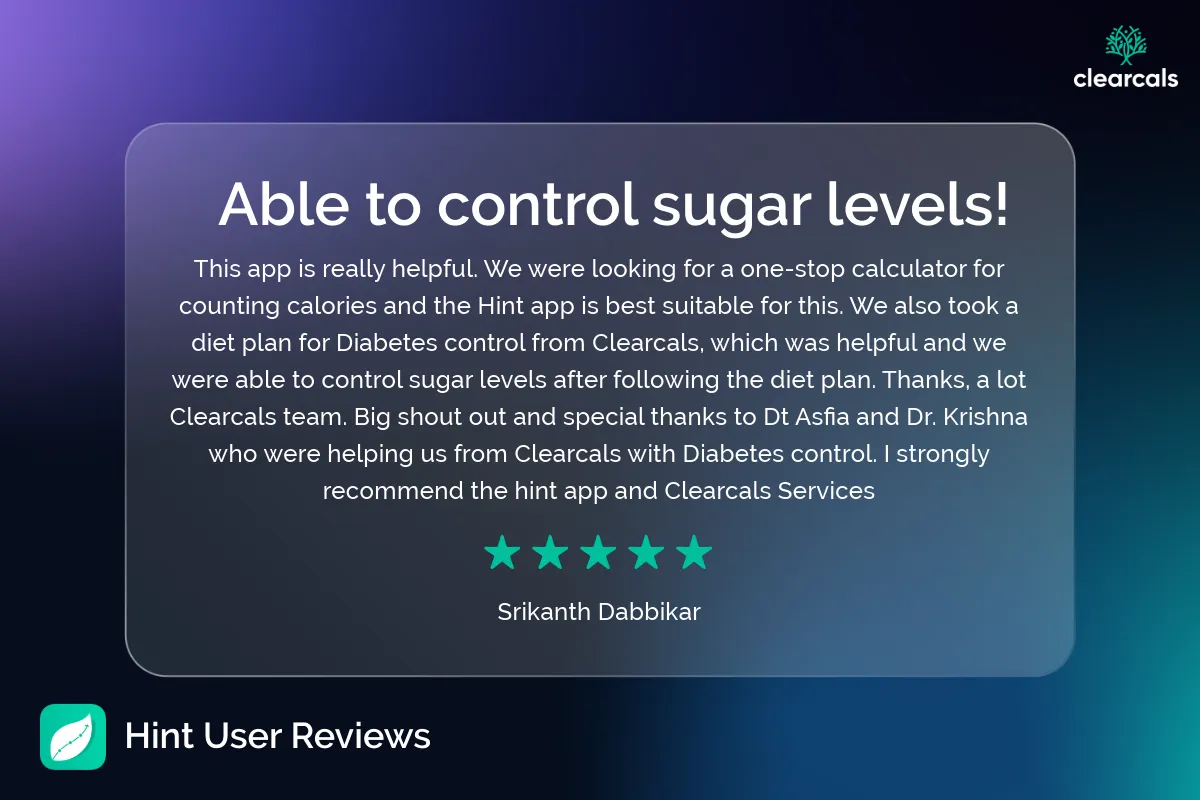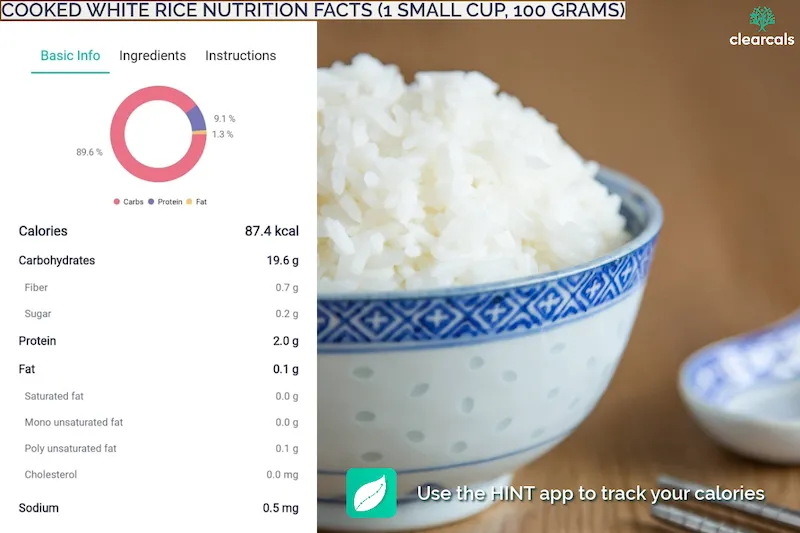Looking for a Personalized Diet Plan?
RBS Test - Range and Interpretation

Random Blood Sugar (RBS) Test is an essential diagnostic tool used to measure blood glucose levels at any time of the day, without the need for fasting.
It's a crucial test for detecting abnormalities in blood sugar levels, helping to identify conditions such as diabetes and prediabetes.
Regular monitoring through the RBS test can assist in managing blood sugar levels and preventing long-term complications.
What is RBS Test?
An RBS (Random Blood Sugar) test measures your blood glucose level at any random time of the day, regardless of when you last ate.
Unlike the fasting blood sugar (FBS) test, the RBS test does not require an overnight fast, making it a convenient option for both patients and healthcare providers to quickly assess blood sugar levels.
The test can also go by other names, such as Random Blood Glucose (RBG), Random Plasma Glucose (RPG), or Casual Plasma Glucose (CPG) test.
Who Should Take the RBS Test?
The RBS test is recommended for anyone at risk of diabetes, particularly individuals over 30 years of age in India, where Type 2 diabetes tends to develop earlier.
Some risk factors that increase the likelihood of developing diabetes include:
- Family history of diabetes
- Obesity or increased waist circumference
- History of hypertension or dyslipidemia
- Sedentary lifestyle
- History of gestational diabetes
- Cardiovascular disease history
- Polycystic Ovary Syndrome (PCOS) or acanthosis nigricans

RBS Test Normal Range and Interpretation
- RBS <140 mg/dL: This is considered a normal blood sugar level.
- RBS 140–199 mg/dL: This indicates prediabetes, a warning sign that you're at a higher risk of developing diabetes.
- RBS >200 mg/dL: This suggests diabetes and requires further diagnostic testing, such as a fasting plasma glucose (FPG) test, oral glucose tolerance test (OGTT), or HbA1c test, to confirm the diagnosis.
What to Do if Your RBS Test Result is High?
If your RBS result is above 200 mg/dL, it indicates a potential diagnosis of diabetes. However, it's essential to consult a healthcare provider to confirm the diagnosis with additional tests such as:
- Fasting Plasma Glucose (FPG): A fasting blood glucose level ≥126 mg/dL indicates diabetes.
- Oral Glucose Tolerance Test (OGTT): A 2-hour post-OGTT blood glucose level ≥200 mg/dL confirms diabetes.
- Glycated Hemoglobin (HbA1c): An HbA1c level ≥6.5% indicates diabetes.

How the Hint App Can Help Manage Blood Sugar Levels
Managing blood sugar levels, whether you're diagnosed with diabetes or at risk of developing it, is crucial for long-term health.
The Hint app offers a range of tools to help you stay on top of your blood sugar levels and maintain a healthy lifestyle.
- Track Your Blood Sugar: Log your RBS and other blood sugar test results to monitor changes over time and stay aware of your condition.
- Personalized Diet Plans: With the Hint Pro subscription, you'll receive a customized Indian diabetic diet chart designed to keep your blood sugar levels within the target range.
- Nutrient Tracking: The app helps you track your daily intake of carbohydrates, sugars, and fiber, ensuring that your meals support stable blood glucose levels.
- Meal and Activity Reminders: Stay consistent with meal times, medication, and exercise with helpful reminders from the app.

What to Do if Your RBS Test Result is Between 140 and 199 mg/dL?
An RBS result in this range indicates prediabetes, meaning your blood sugar levels are elevated but not yet in the diabetes range.
To prevent the progression of prediabetes to Type 2 diabetes, lifestyle changes are essential:
- Diet Adjustments: Focus on reducing sugars, refined carbohydrates, and processed foods.
- Exercise Regularly: Physical activity helps improve insulin sensitivity.
- Monitor Progress: Repeat RBS tests every 3 months to track improvements.
Through the Hint Pro subscription, you can access a Prediabetes Diet Plan to help reverse prediabetes.
By following your diet plan for at least three months and pairing it with regular exercise, you can lower your blood sugar levels and prevent the onset of diabetes.

The Benefits of Consulting a Dietitian Through Hint Premium
For a more tailored approach, consider consulting a dietitian through the Hint Premium subscription.
Dietitians can provide personalized guidance based on your specific health needs, whether you are managing diabetes or prediabetes. They can help with:
- Portion Control and Meal Planning: Tailor your diet to meet your blood sugar goals without feeling deprived.
- Diabetes-Specific Nutritional Advice: Get help adjusting your meals to avoid blood sugar spikes while ensuring you receive the right nutrients.
- Long-Term Support: With regular consultations, dietitians can offer continuous support and adjustments to your diet plan as needed.
Conclusion
An RBS test is a valuable tool for diagnosing and managing diabetes and prediabetes. If your RBS levels are high, it’s crucial to take action by modifying your lifestyle, diet, and exercise routine.
The Hint app can help you manage your condition with personalized diet plans, blood sugar tracking, and professional dietitian consultations, making diabetes management more accessible and effective.






